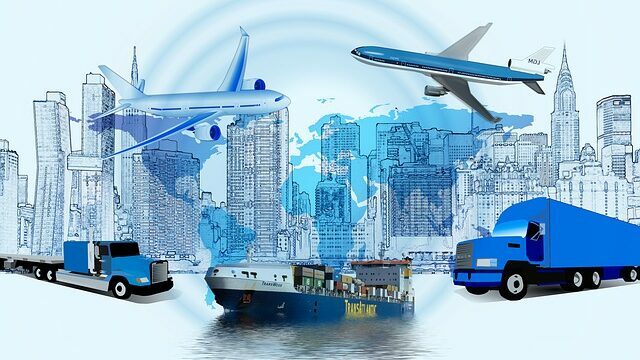News
Potential of machine learning frameworks to mitigate postharvest losses and improve quality management of fruits and vegetables
Agriculture is an important component of the concept of sustainable development. Given the projected population growth, sustainable agriculture must accomplish food security while also being economically viable, socially responsible, and having the least possible impact on biodiversity and natural ecosystems. Deep learning has shown to be a sophisticated approach for big data analysis, with several successful cases in image processing, object identification, and other domains. It has lately been applied in food science and engineering. Among the issues and concerns addressed by these systems were food recognition; quality detection of fruits, vegetables, meat, and aquatic items; food supply chain; and food contamination. In precision agriculture, Artificial Intelligence (AI) is a commonly used technology for estimating food quality. It is
29 June, 2022
Agriculture is an important component of the concept of sustainable development. Given the projected population growth, sustainable agriculture must accomplish food security while also being economically viable, socially responsible, and having the least possible impact on biodiversity and natural ecosystems. Deep learning has shown to be a sophisticated approach for big data analysis, with several successful cases in image processing, object identification, and other domains. It has lately been applied in food science and engineering. Among the issues and concerns addressed by these systems were food recognition; quality detection of fruits, vegetables, meat, and aquatic items; food supply chain; and food contamination. In precision agriculture, Artificial Intelligence (AI) is a commonly used technology for estimating food quality. It is especially important when evaluating crops at different phases of harvest and postharvest. Crop disease and damage detection is a high-priority activity because some postharvest diseases or damages, such as decay, can destroy crops and produce poisons that are toxic to humans. In this paper, we use Convolutional Neural Networks (CNNs)-based U-Net, DeepLab, and Mask R-CNN models to detect and predict postharvest deterioration zones in stored apple fruits. Our approach is unique in that it segmented and predicted postharvest decay and nondecay zones in fruits separately. This review will focus on postharvest physiology and management of fruits and vegetables, including harvesting, handling, packing, storage, and hygiene, to reduce postharvest loss (PHL) and improve crop quality. It will also cover postharvest handling under extreme weather conditions and potential impacts of climate change on vegetable postharvest and postharvest biotechnology on PHL.Contents of the paper:1. Introduction2. State-of-the-Art Review2.1. Machine Learning Frameworks for PHL Mitigation2.2. Machine Learning Classifiers for Food Quality Control2.3. Machine Learning for Pest Control, Fruits Diseases, and Damage Detection3. Conclusion and Future Scope. The figure is Figure 1 of the original paper, indicating causes and effects of postharvest losses on agricultural and food processing industry? SourceRecent Advancement in Postharvest Loss Mitigation and Quality Management of Fruits and Vegetables Using Machine Learning FrameworksAbha Singh, Gayatri Vaidya, Vishal Jagota, Daniel Amoako Darko, Ravindra Kumar Agarwal, Sandip Debnath, and Erich PotrichJournal of Food Quality, 2022https://www.hindawi.com/journals/jfq/2022/6447282/










